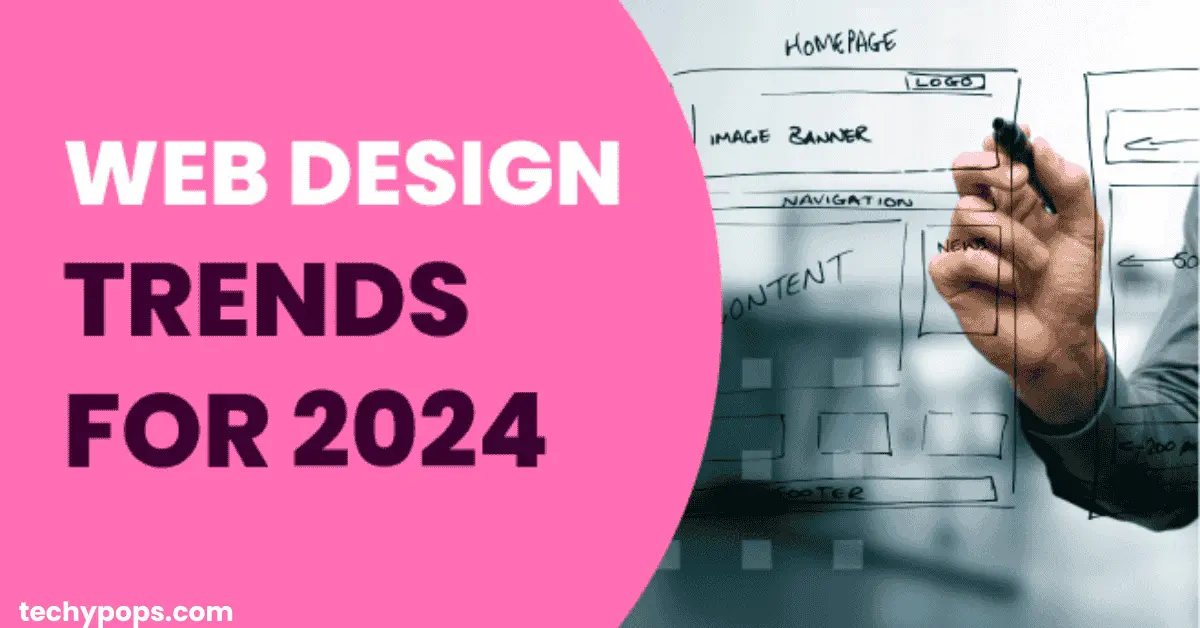Web design continues to evolve at a rapid pace, influencing how we interact with digital content and shaping the way businesses present themselves online. Staying up-to-date with the latest trends is essential for designers, developers, and business owners alike. As we move into 2024, several trends are making waves in the industry, driving innovation and enhancing user experience. Here are ten web design trends to watch this year.
1. Dark Mode Design
Dark mode has been on the rise for a couple of years, and it’s not going away anytime soon. Users increasingly prefer dark-themed interfaces because they reduce eye strain, especially in low-light environments. Additionally, dark mode helps conserve battery life on OLED screens and offers a sleek, modern aesthetic.
In 2024, expect more websites to incorporate dark mode options, giving users the flexibility to switch between light and dark themes. This trend is not just about aesthetics—it’s about improving accessibility and user comfort.
2. Minimalist Design with Bold Typography
Minimalism continues to be a leading trend, but 2024 brings a fresh twist with the use of bold typography. Websites are opting for clean, open layouts that let bold, striking fonts take center stage. This approach eliminates unnecessary distractions and ensures that the message is delivered clearly.
Bold typography grabs attention and adds character to a minimalist design, making the website stand out without overwhelming the user. When combined with neutral color schemes, this trend provides a modern, sophisticated feel.
3. 3D Elements and Immersive Graphics

3D elements are transforming web design by adding depth and realism to interfaces. Whether it’s 3D icons, animations, or immersive visuals, these graphics create an engaging, interactive experience for users. As browser technologies improve, the use of 3D design will only become more widespread.
Expect to see more websites incorporating subtle 3D elements to enhance storytelling or highlight key features, making the user experience more immersive and enjoyable.
4. Neumorphism and Soft UI
Neumorphism, a design style that blends elements of skeuomorphism and flat design, is making a significant comeback. It uses soft, shadow-like effects to give digital elements a more tactile and real-world feel. Buttons and icons appear slightly raised or recessed, creating a sophisticated, elegant interface.
In 2024, neumorphism will continue to evolve, offering a fresh approach to UI design that feels modern yet approachable. This style works particularly well for apps and websites that want to convey a soft, user-friendly appearance.
5. Microinteractions for Enhanced UX

Microinteractions—those small animations or design elements that provide feedback or guide user actions—are becoming increasingly important for user experience. Whether it’s a button that changes color when hovered over or a notification bell that vibrates slightly when clicked, these subtle interactions make websites feel more responsive and engaging.
In 2024, expect microinteractions to become even more sophisticated, guiding users through processes in an intuitive and enjoyable way, improving both usability and interactivity.
6. Asymmetrical Layouts for Dynamic Designs
Traditional grid-based layouts are giving way to more creative, asymmetrical designs. Asymmetry adds a sense of dynamism and uniqueness to a website, helping brands stand out in a sea of uniformity. By breaking away from the standard structure, designers can guide the user’s attention to specific elements, creating a more engaging browsing experience.
This trend allows for more artistic freedom, but it also requires careful balance to ensure that the design remains intuitive and easy to navigate.
7. Augmented Reality (AR) Integration

With AR technology advancing, more websites are experimenting with augmented reality features. AR allows users to interact with digital content in real-world contexts, enhancing the overall browsing experience. In industries like retail, travel, and real estate, AR can provide users with virtual product try-ons, interactive maps, and virtual tours.
As AR becomes more accessible, expect to see it integrated into web design in innovative ways, transforming how users shop, explore, and interact online.
8. Advanced Scroll Animations
Scroll animations are a powerful tool for storytelling and user engagement. In 2024, scroll-triggered animations will become more advanced, allowing designers to create seamless, interactive experiences. These animations guide users through a website’s content, revealing information in a dynamic and visually appealing way.
From parallax effects to interactive storytelling, advanced scroll animations keep users engaged longer, making for a memorable web experience.
9. Voice User Interface (VUI) Compatibility
With the growing use of voice search and smart assistants like Siri and Alexa, designing websites that are voice-compatible is becoming increasingly important. Voice User Interface (VUI) design focuses on creating experiences where users can navigate and search websites using voice commands.
In 2024, optimizing websites for voice search will be key, as more users look for hands-free, convenient ways to interact with digital content. Designers will need to consider how voice commands can streamline navigation and enhance accessibility.
10. Sustainability and Eco-Friendly Design
Sustainability is gaining traction in web design as designers become more conscious of the environmental impact of digital experiences. Eco-friendly web design focuses on optimizing websites for energy efficiency, reducing data transfer, and ensuring fast load times. This not only benefits the environment but also improves user experience by providing quicker, smoother browsing.
In 2024, sustainable design practices will be more prevalent as brands and designers prioritize eco-conscious choices in everything from hosting to design elements.
FAQs
Conclusion
Web design in 2024 is all about innovation, accessibility, and user engagement. By embracing these trends—whether it’s through dark mode, immersive 3D elements, or sustainable design practices—web designers can create modern, intuitive, and forward-thinking websites. Staying on top of these trends will not only enhance the user experience but also keep brands ahead of the competition in an ever-evolving digital landscape.

Web Developer | Tech Enthusiast | Advocate for Special Education
